
views
Unscrewing the Outer Pieces

Open the key cover and piano lid. The key cover is located on the keyboard over the keys, and the lid is on the top portion of the piano. Both of these pieces should open easily. Slide the key cover back by lifting slightly and pushing it backwards until it stops. The lid on top of the piano is on a hinge and opens from the front. Sometimes the piano lid is screwed down or secured in some way. If the lid won’t lift off, search for screws holding it down. Remove them to lift the lid.
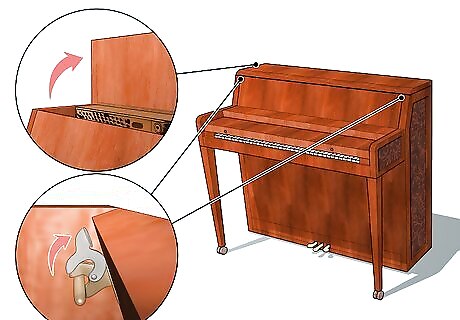
Unhinge the piano desk to expose the harp. The desk is the part of the piano in front of you where the sheet music sits. With the lid open, you can look and reach behind the desk. There is a hinge on each side of the desk securing it to the piano body. Undo those hinges by sliding the hooks out of each socket to free the desk. Then lift the desk off the piano. You may need help for this step. Piano desks can be heavy, and a second person will make the lifting much easier. Some piano builders secure the desk with screws. If you find screws holding the desk to the body, remove them to lift the desk off.
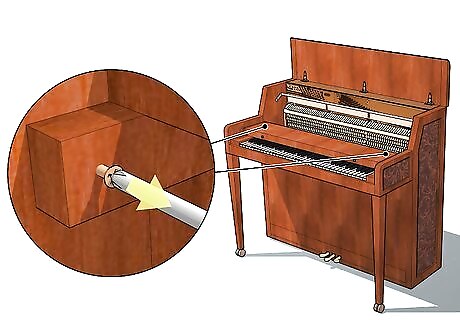
Unscrew the piano key cover. The key cover is usually attached with screws. After you remove the piano desk, look behind the cover and find the screws. Remove them and lift off the key cover.
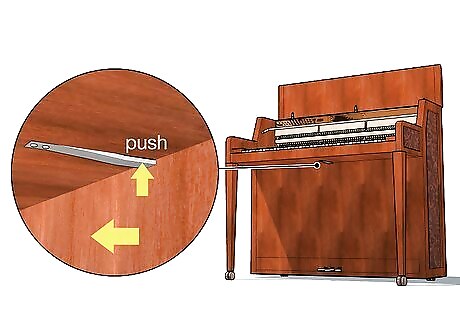
Pull out the lower board to expose the inner mechanism. The lower board is the flat, vertical section underneath the piano where the foot pedals come out from. It houses some of the piano’s inner mechanism. Usually, it is only secured by a pin and spring. Look under the keyboard for a metal pin. Push this upward to release the board. Then guide the board out of position. Keep your hand on the board when you push the pin. It could come loose suddenly and fall on you.
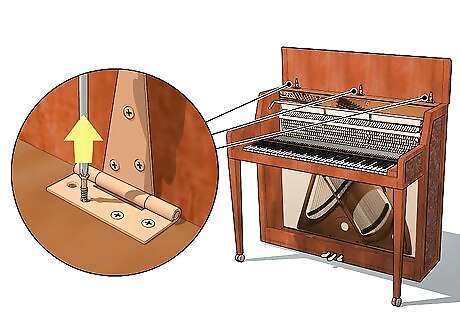
Unscrew the top lid. The final outer piece is the top lid, which you lifted up at the start. It is secured with hinges. Unscrew the hinges from the piano body to free the lid. Then lift the lid off. Put all of these wood pieces you’re removing in a safe place. If you leave them out and near the work area, you could trip on them while you’re working.
Removing the Keys and Action
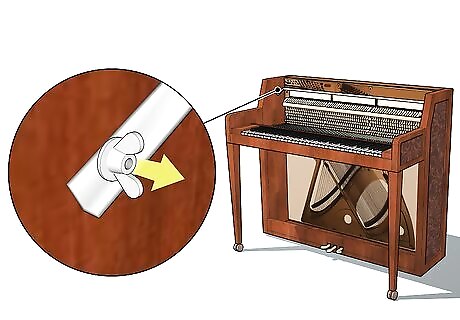
Remove the muffler felt from the action. The muffler felt presses down on the piano’s strings to dampen the sound. It runs across the piano strings about eye level when you're sitting. Usually the muffler is held down with a wingnut on one side. Unscrew that wingnut and lift the muffler out when it comes loose. Sometimes the muffler doesn’t have a wingnut. In this case, press the spring on the side of the muffler to disengage its mechanism. Then lift it out of the piano.
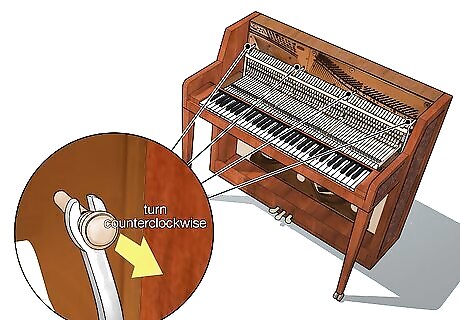
Unscrew the bolts from the action brackets. The piano action houses the hammers that strike the strings. It is located just above the keyboard. The action is held down by 4 metal brackets connected to the piano with 4 knob screws. Turn all the knobs counterclockwise to remove them. Once all 4 are removed, the action is no longer secured. Usually you can turn these knobs by hand without a screwdriver. If there are slots for a screwdriver in the knobs, however, then use a screwdriver.

Pull the action mechanism forward and then lift it off. With the knobs unscrewed, the action is free to move. Grab 2 of the brackets from the top and pull the action forward until it reaches about a 45-degree angle. Then lift straight up to remove it. If you want to keep the action in good condition, only lift from the brackets, because touching the internal mechanism could cause damage. If you are planning on scrapping the piano pieces, then don’t worry where you grab to lift the action out. Having another person to help lift the action out is a good idea because the action could be unexpectedly heavy.
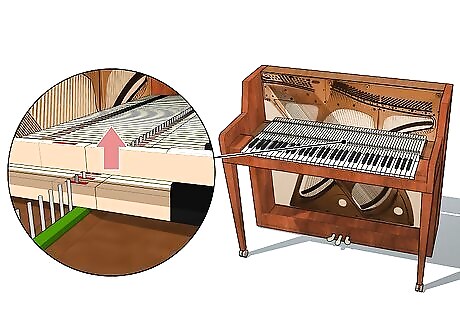
Lift each key off the keyboard. The keys just rest on pins without being secured down, so they just lift off. Pull each key straight up to remove the keyboard. Put the keys aside into a bucket or box. Music shops or professional instrument technicians may want to buy the keys to restore other pianos. Try posting your keys online or asking local music shops if they are interested in buying spare parts.
Disassembling the Piano Structure
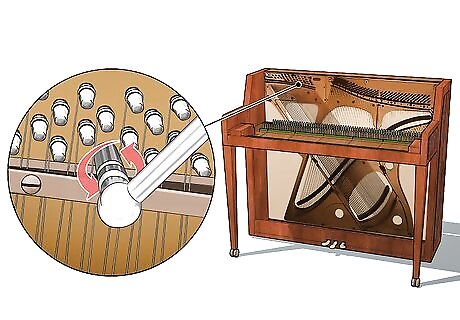
Loosen the tension in every string on the harp for safety. With the keyboard and action removed, you can easily access the piano harp. This is a large, metal frame secured to the back of the piano where the strings are attached. Do not do anything else until you loosen the strings. The harp has dozens of metal strings under high tension, and if one snaps it can cut you. Find the tuning pegs at the top of the harp. Then turn each one counterclockwise until the string sags. For a faster option, you can buy a string turner. This works like a drill that wraps around the tuning fork and loosens or tightens strings quickly. If you want to salvage or sell the strings, remove them entirely by clipping them with wire cutters right below the tuning peg after you loosen them.
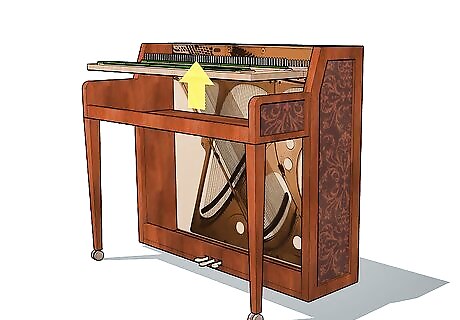
Unscrew the key bed from the piano body. The key bed, where the keys sat on before you removed them, is attached to the piano with a series of screws. The screw locations depend on the manufacturer. Look up the back legs of the key bed for any screws holding it to the body. Then look along the bottom of the key bed. Remove any screws you come across, then pull the key bed off. If you’re throwing this piano out anyway, then you don’t have to be so careful. Use a mallet or sledgehammer to break the key bed away from the piano body and make the job much faster. With the key bed gone, the rest of the piano may be off balance. Be careful standing behind it and keep children away from the piano until you’re done working.
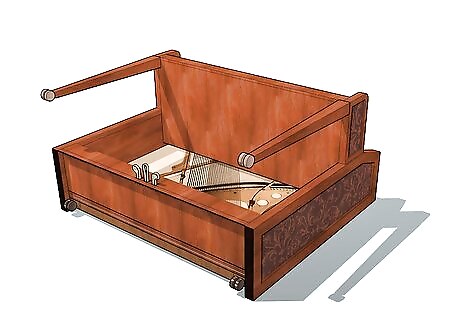
Lay the piano on its back. With the key bed gone, the piano might tip over, so it’s safer to finish the work with the piano on its back. Stand behind the piano and slowly guide it down to the floor. This piece is heavy, and so have someone else around to help. Be careful to avoid trapping your fingers to the floor when you guide the piano down.
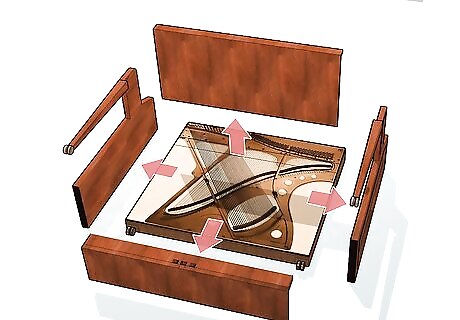
Remove the piano side supports. The final outer parts of the piano are the two planks on each side. On most upright pianos, this is where the wheels are. Look inside the piano frame for screws holding these planks down. Remove all of them and then pull the side planks off. These planks will also come off with a few hits from a hammer. If you aren’t trying to keep the wood in good condition, take a mallet and pound the planks from the inside out. A few clean hits should dislodge them.
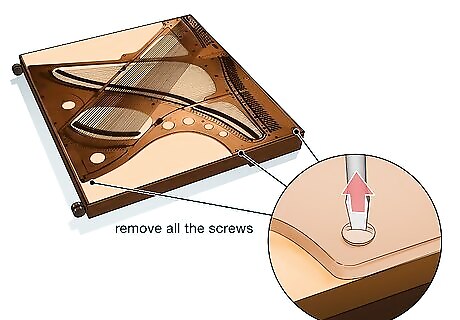
Pull off the piano harp to complete the job. The final piece to remove is the piano harp. It is attached to the piano body with bolts and screws. Work your way around the whole harp and remove all the screws you see. Then lift the harp off to complete the piano disassembly. On some upright pianos, the harp is glued down to the wood. In this case, even if you remove all the screws, you won’t be able to get the harp out. Remember that the strings should be loose before you remove the harp.


















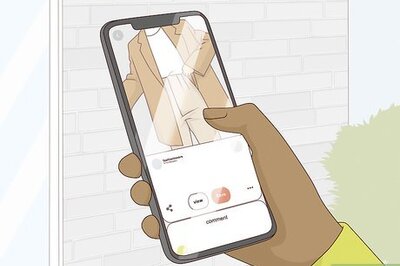
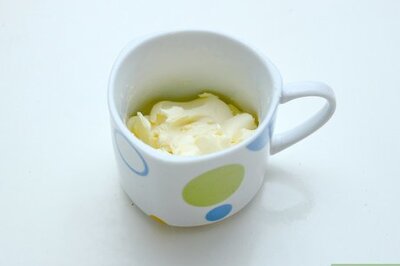
Comments
0 comment